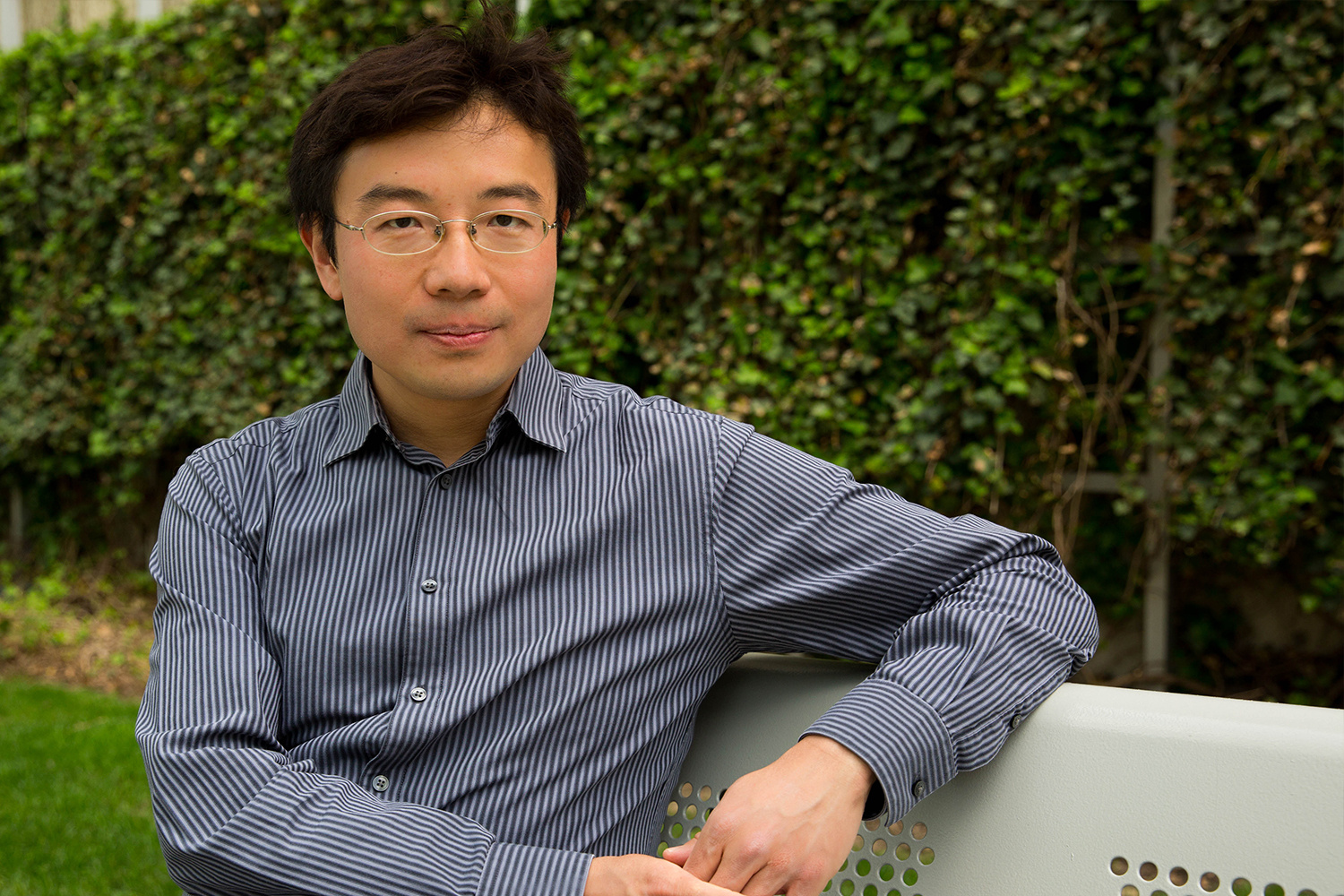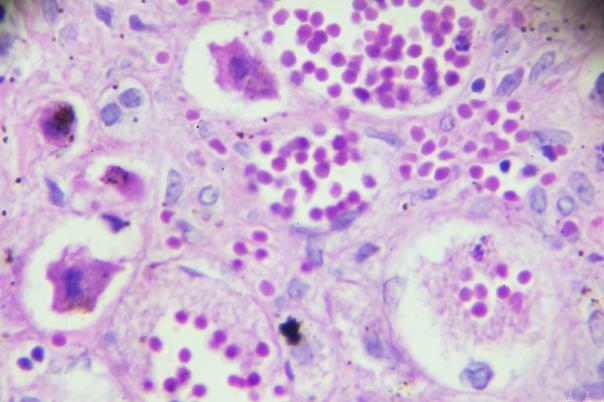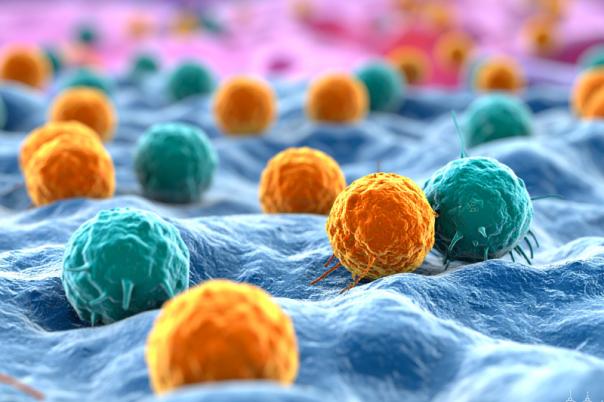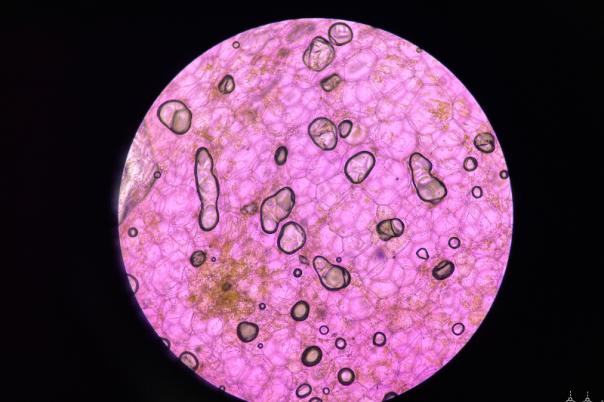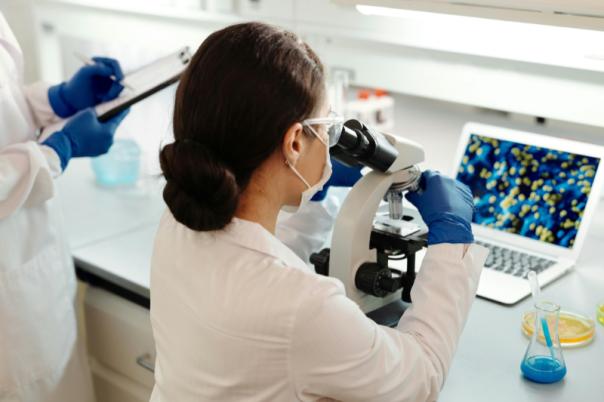Peng Yin, Professor of Systems Biology at Harvard Medical School explored recent advancements in engineering DNA probes for spatial biology, focusing on tools for nanoscale imaging and highly multiplexed tissue imaging. His lab specialises in engineering reagent-based solutions. He briefly mentioned that nano imaging technology like DNA-PAINT and Exchange-PAINT can enable very high-resolution optical imaging down to a 5-nanometre resolution.
To avoid the lengthy processes of multiple rounds of slow primary antibody staining, Yin stains all the biomarkers in the tissue in one single slow run using DNA barcoded primary antibody probe. Regarding tools developed for hi-multiplex tissue imaging techniques like DNA Exchange and SABER for rapid and highly multiplexed tissue imaging, enabling high-resolution imaging and deep tissue analysis. Another tool he introduced was a fluidic-free sequential imaging technique called Thermal-plex. Yin gave the audience an overview of how they can put these tools into practice.
ACE is an in-situ synthesis approach that allows for the generation of long concatemers. This facilitates high-plex amplification and deep tissue imaging up to 1 millimetre thick. The technology employs temperature-controlled activation of signals, allowing for fluidic-free sequential imaging. This simplifies the workflow and increases throughput. Yin mentioned a DIY setup using a robot arm to move tissue samples between water baths for temperature control, demonstrating the robustness and simplicity of the ACE chemistry.
SPEAR is an immunoassay that stands out from the crowd by delivering ultra-high sensitivity of one femtomolar but also ultra small volume of one microlitre. While other platforms can achieve femtomolar concentration but require 100 microlitre sample volume. Yin commented: “So as a consequence SPEAR uniquely achieves 1 femtomolar 1 microlitre and the capability as a consequent sensitivity is effectively 1,000 times the more sensitive than any commercial platform out there and only requires a qPCR readout rather than proprietor instrument.”
Yin introduced Thermal-Plex a fluidics-free sequential imaging method that uses temperature-controlled activation of fluorescent signals. This approach simplifies workflows and improves throughput by eliminating the need for fluid exchange. All in all, it enables up to 15-plex RNA imaging with engineered thermal channels.
